There are so many museums in China you must visit on your trip. However, I selected the most interesting and most visited museums in China, added in this guide for you to decide which one it will be your next destination.

The Palace Museum (Forbidden City), Beijing
The Palace Museum, also known as the Forbidden City, is one of the most famous museums in the world and must- visit museum in China. It served as the imperial palace for the Ming and Qing Dynasties and is a UNESCO World Heritage site.
Facts:
- Houses over 1.8 million artifacts.
- Covers 180 acres with 980 buildings.
- Attracts millions of visitors annually.
Highlights:
- Hall of Supreme Harmony: The largest and most important structure in the Forbidden City.
- Treasure Gallery: Displays the imperial family’s treasures.
- Painting and Calligraphy Gallery: Features masterpieces of Chinese art.
Tickets:
- Regular Admission: ¥60 (approx. $9) during peak season, ¥40 (approx. $6) during the off-season.
- Treasure Gallery: Additional ¥10 (approx. $1.50).
- Painting and Calligraphy Gallery: Additional ¥10 (approx. $1.50).
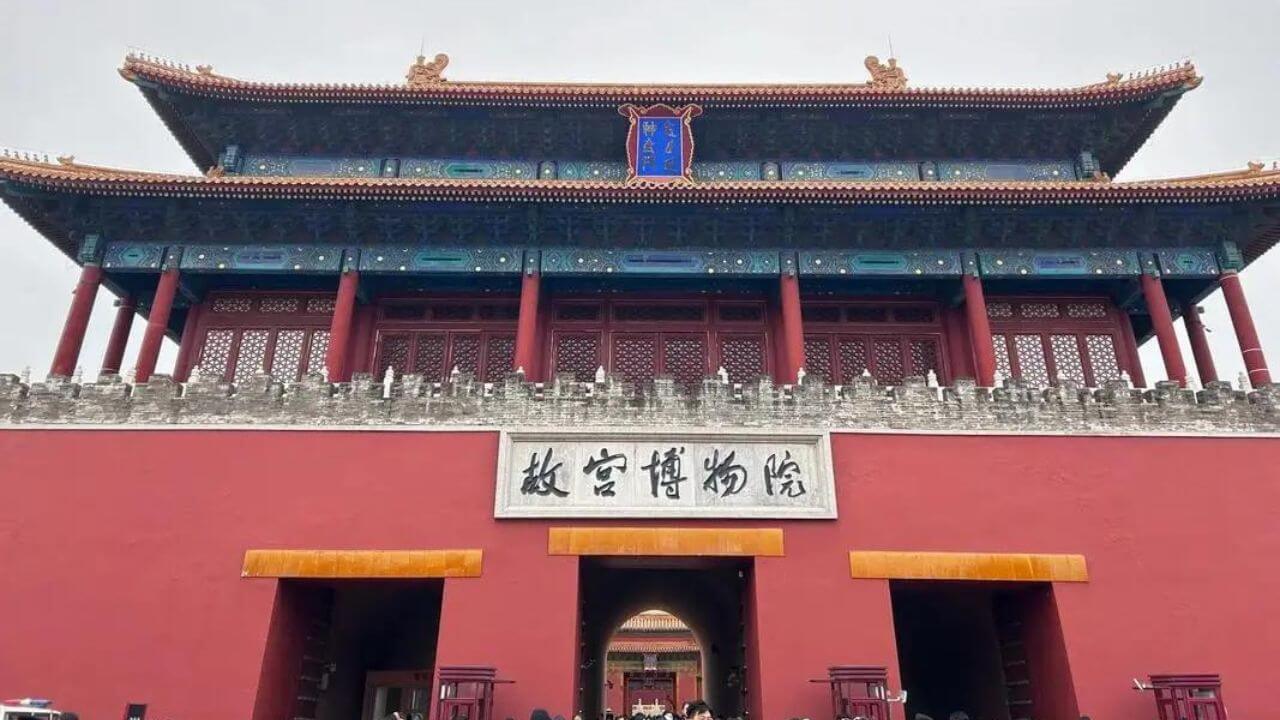
The National Museum of China, Beijing
One of the most visited museums in China is the National Museum of China in Beijing. It is located on Tiananmen Square, the National Museum of China is one of the largest museums in the world, showcasing the history and art of China from the earliest times to the modern era.
Facts:
- Over 1 million items in its collection.
- Covers 200,000 square meters.
- Free entry for basic exhibitions.
Highlights:
- Ancient China Exhibition: Displays artifacts from prehistoric times to the Qing Dynasty.
- Road to Rejuvenation: Chronicles modern Chinese history.
- Bronze Gallery: Features ancient Chinese bronze artifacts.
Tickets:
- Regular Admission: Free for basic exhibitions.
Special Exhibitions: Prices vary, typically around ¥30-¥50 (approx. $4.50-$7.50).
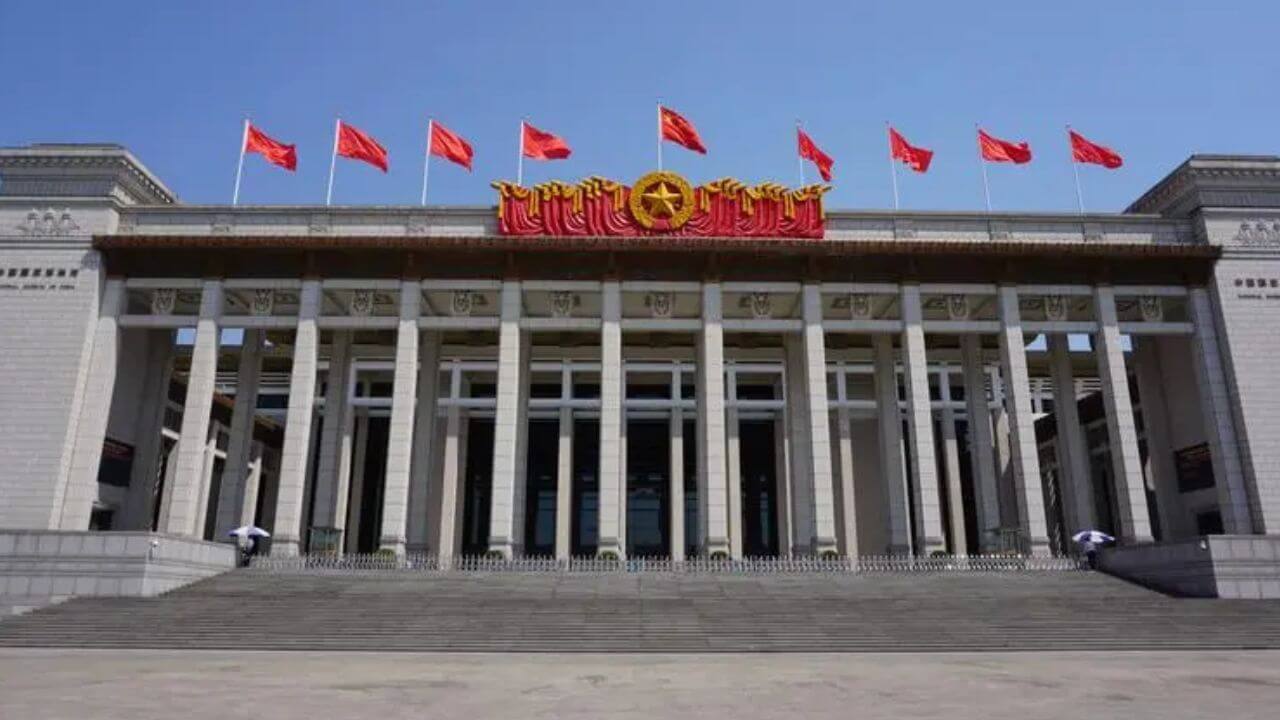
Shanghai Museum, Shanghai
The Shanghai Museum is renowned for its extensive collection of ancient Chinese art, including bronzes, ceramics, calligraphy, and paintings.
Facts:
- Houses over 120,000 pieces.
- Established in 1952.
- Located in People’s Square.
Highlights:
- Ancient Bronze Gallery: One of the best collections in the world.
- Ceramics Gallery: Features pieces from various dynasties.
- Calligraphy and Painting Galleries: Display ancient Chinese artistic achievements.
Tickets:
- Regular Admission: Free for the main collections.
- Special Exhibitions: Prices vary, typically around ¥20-¥50 (approx. $3-$7.50).

Shaanxi History Museum, Xi’an
One of the most popular museums in China, the Shaanxi History Museum offers a comprehensive overview of Chinese history and culture, with a particular focus on the Tang Dynasty and the Silk Road.
Facts:
- Over 370,000 items in its collection.
- Opened in 1991.
- Covers 65,000 square meters.
Highlights:
- Tang Dynasty Artifacts: Including pottery figurines and gold items.
- Ancient Silk Road Exhibits: Showcasing cultural exchanges along the route.
- Terracotta Warriors and Horses: A smaller collection compared to the main site but still impressive.
Tickets:
- Regular Admission: Free, but limited daily entries (booking required).
- Special Exhibitions: Prices vary, typically around ¥20-¥50 (approx. $3-$7.50).
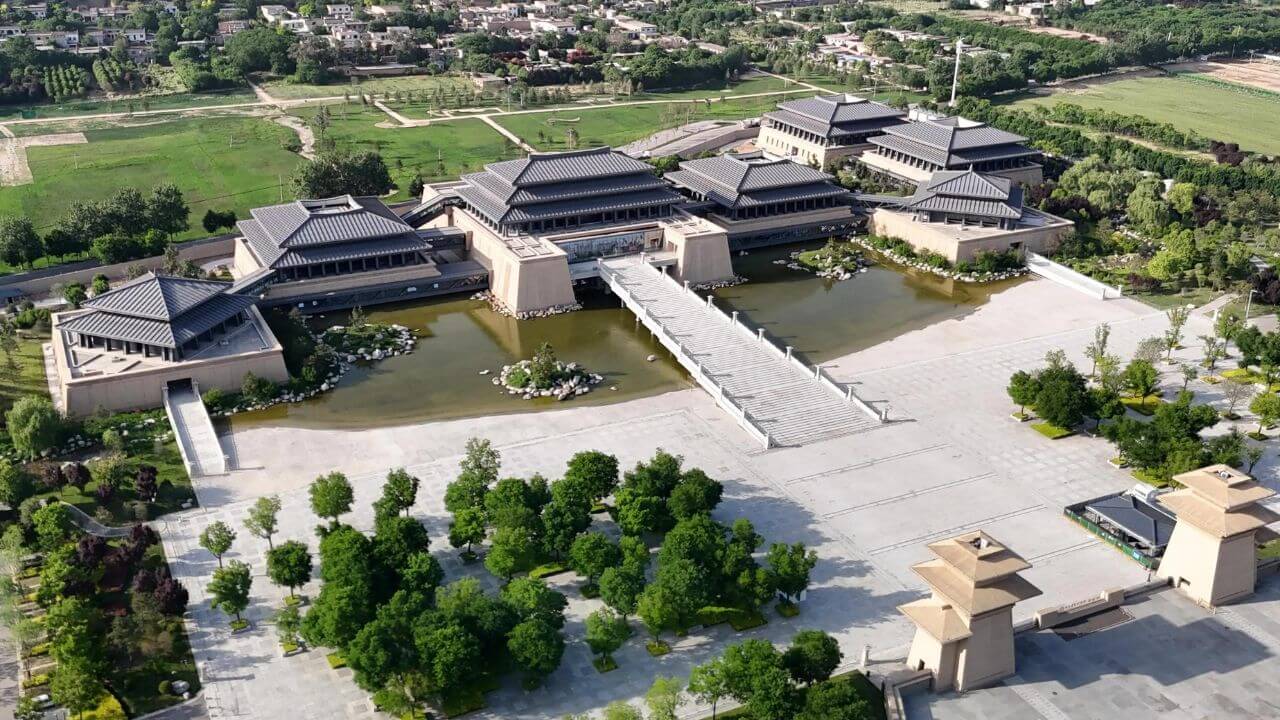
Nanjing Museum, Nanjing
The Nanjing Museum is one of the largest museums in China, known for its vast collection of historical artifacts and artworks.
Facts:
- Over 400,000 items in its collection.
- Established in 1933.
- Covers 70,000 square meters.
Highlights:
- Ming and Qing Dynasty Artifacts: Including imperial costumes and jade items.
- Ancient Chinese Ceramics: Extensive and diverse collection.
- Folk Art Gallery: Showcases traditional Chinese folk culture.
Tickets:
- Regular Admission: Free for most exhibits.
- Special Exhibitions: Prices vary, typically around ¥20-¥50 (approx. $3-$7.50).

The Chengdu Museum, Chengdu
The Chengdu Museum offers insights into the history and culture of Chengdu and Sichuan Province, featuring a range of artifacts from different periods.
Facts:
- Established in 1958.
- Houses over 200,000 items.
- Recently moved to a new, modern building in the city center.
Highlights:
- Han Dynasty Artifacts: Including tomb figurines and stone carvings.
- Shu Kingdom Exhibits: Artifacts from the ancient kingdom of Shu.
- Folk Culture Displays: Showcasing local traditions and customs.
Tickets:
- Regular Admission: Free for basic exhibitions.
- Special Exhibitions: Prices vary, typically around ¥20-¥50 (approx. $3-$7.50).
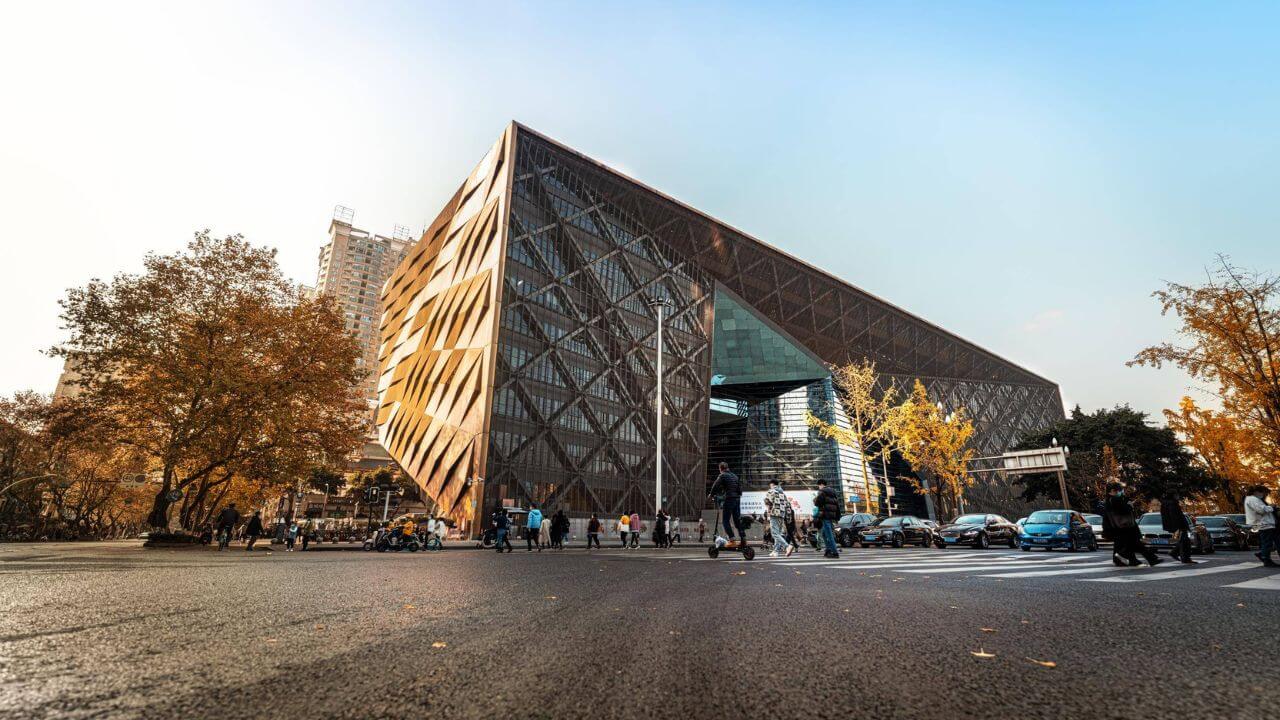
China Science and Technology Museum, Beijing
Located in Beijing, the China Science and Technology Museum is dedicated to promoting science education and showcasing technological advancements.
Facts:
- Opened in 1988.
- Covers over 48,000 square meters.
- Offers interactive exhibits and educational programs.
Highlights:
- Ancient Chinese Science and Technology Hall: Displays inventions like the compass and gunpowder.
- Space Exploration Hall: Features models and exhibits about China’s space missions.
- Robotics and AI Exhibits: Showcases the latest in artificial intelligence and robotics.
Tickets:
- Regular Admission: ¥30 (approx. $4.50).
- Special Exhibitions: Prices vary, typically around ¥50-¥80 (approx. $7.50-$12).

Ningbo Museum, Ningbo
The Ningbo Museum, designed by the renowned architect Wang Shu, combines unique modern architecture with exhibits focused on the local history and culture of Ningbo and the Zhejiang Province.
Facts:
- Opened in 2008.
- Designed by Pritzker Prize-winning architect Wang Shu.
- Integrates recycled materials into its design.
Highlights:
- Local History and Culture: Exhibits on Ningbo’s maritime history and its role in the Silk Road.
- Traditional Arts and Crafts: Displays of Ningbo’s traditional lacquerware and bamboo carvings.
- Innovative Architecture: The building itself is a work of art, made from recycled materials and designed to blend with the natural environment.
Tickets:
- Regular Admission: Free for basic exhibitions.
- Special Exhibitions: Prices vary, typically around ¥20-¥50 (approx. $3-$7.50).
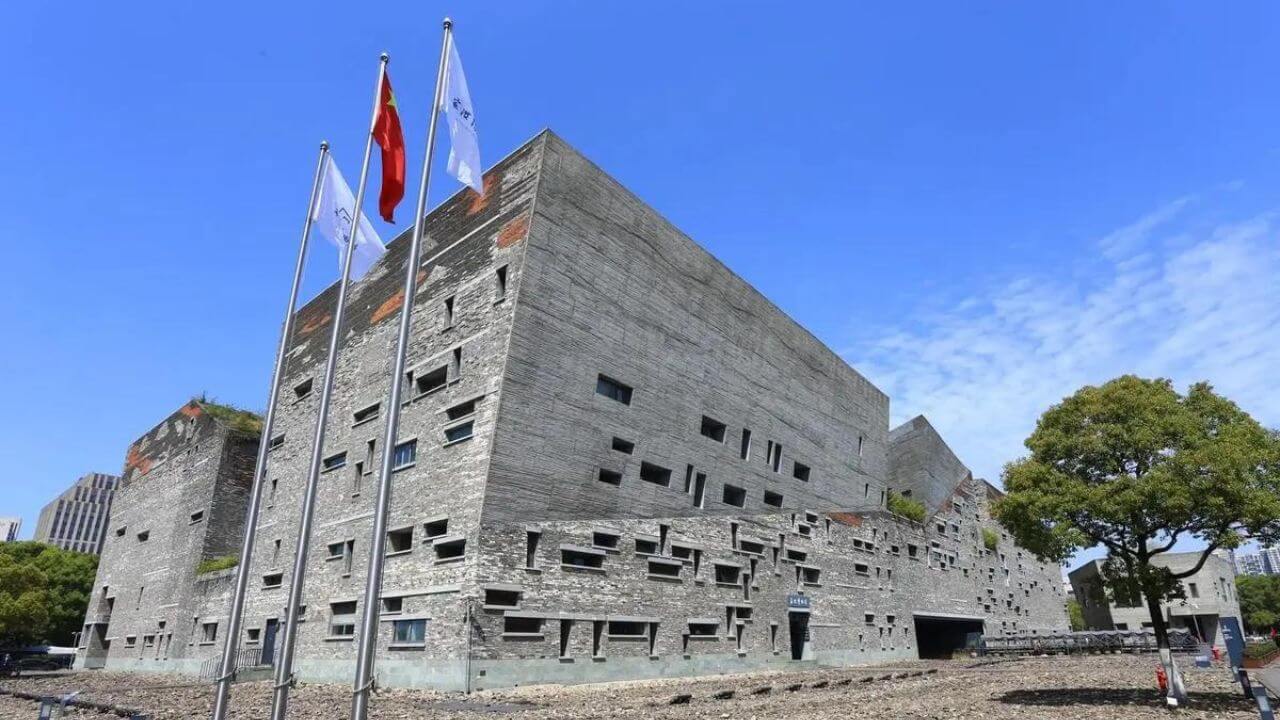
Hong Kong Museum of History, Hong Kong
The Hong Kong Museum of History is one of the popular museums in China, not only for tourists, but also for Chinese people. It provides a comprehensive overview of Hong Kong’s fascinating history, from prehistoric times to the present day.
Facts:
- Established in 1975.
- Located in Tsim Sha Tsui, Kowloon.
- Covers over 17,500 square meters.
Highlights:
- Permanent Exhibition: “The Hong Kong Story,” a detailed presentation of the region’s history.
- Temporary Exhibitions: Regularly updated exhibits covering various aspects of Hong Kong’s culture and history.
- Interactive Displays: Engaging exhibits that include multimedia elements and reconstructions of historical scenes.
Tickets:
- Regular Admission: Free.
- Special Exhibitions: Prices vary, typically around HK$10-HK$30 (approx. $1.30-$3.80).

Hubei Provincial Museum, Wuhan
The Hubei Provincial Museum in Wuhan is one of leading museums in China, known for its extensive collection of artifacts from the Chu culture and the famous bronze bells.
Facts:
- Established in 1953.
- Houses over 200,000 artifacts.
- Known for its archaeological finds from the ancient state of Chu.
Highlights:
- Chime Bells of Marquis Yi of Zeng: A set of ancient bronze bells that produce beautiful musical tones.
- Chu Culture Exhibits: Artifacts and relics from the Warring States period.
- Jade and Bronze Collections: Extensive displays of ancient Chinese jade and bronze items.
Tickets:
- Regular Admission: Free.
- Special Exhibitions: Prices vary, typically around ¥20-¥50 (approx. $3-$7.50).
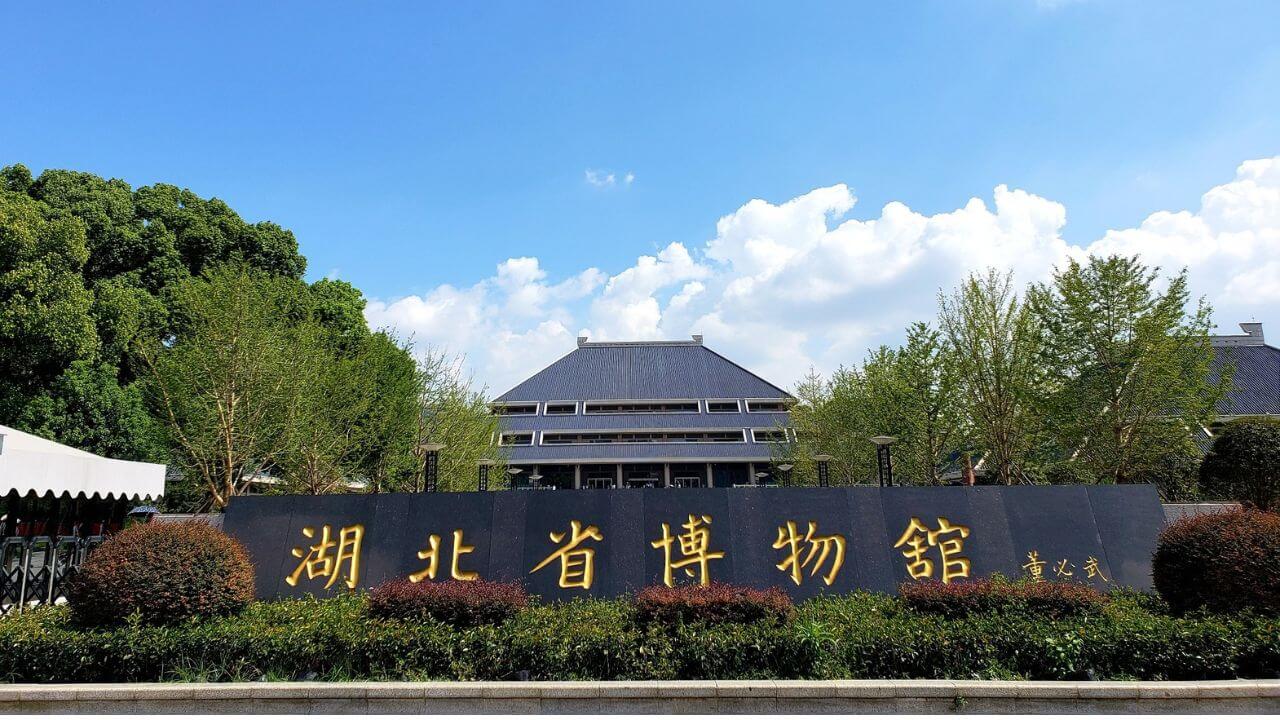
Suzhou Museum, Suzhou
The Suzhou Museum, designed by the famous architect I.M. Pei, showcases the rich cultural heritage of Suzhou, known for its classical gardens and silk production.
Facts:
- Opened in 1960, redesigned and reopened in 2006 by I.M. Pei.
- Integrates traditional Chinese garden elements.
- Houses over 40,000 artifacts.
Highlights:
- Ancient Chinese Art: Includes pottery, calligraphy, and paintings.
- Silk Road Exhibits: Artifacts related to Suzhou’s role in the Silk Road.
- Architectural Beauty: The museum itself is a blend of modern and traditional design, reflecting Suzhou’s famous gardens.
Tickets:
- Regular Admission: Free for basic exhibitions.
- Special Exhibitions: Prices vary, typically around ¥20-¥50 (approx. $3-$7.50).
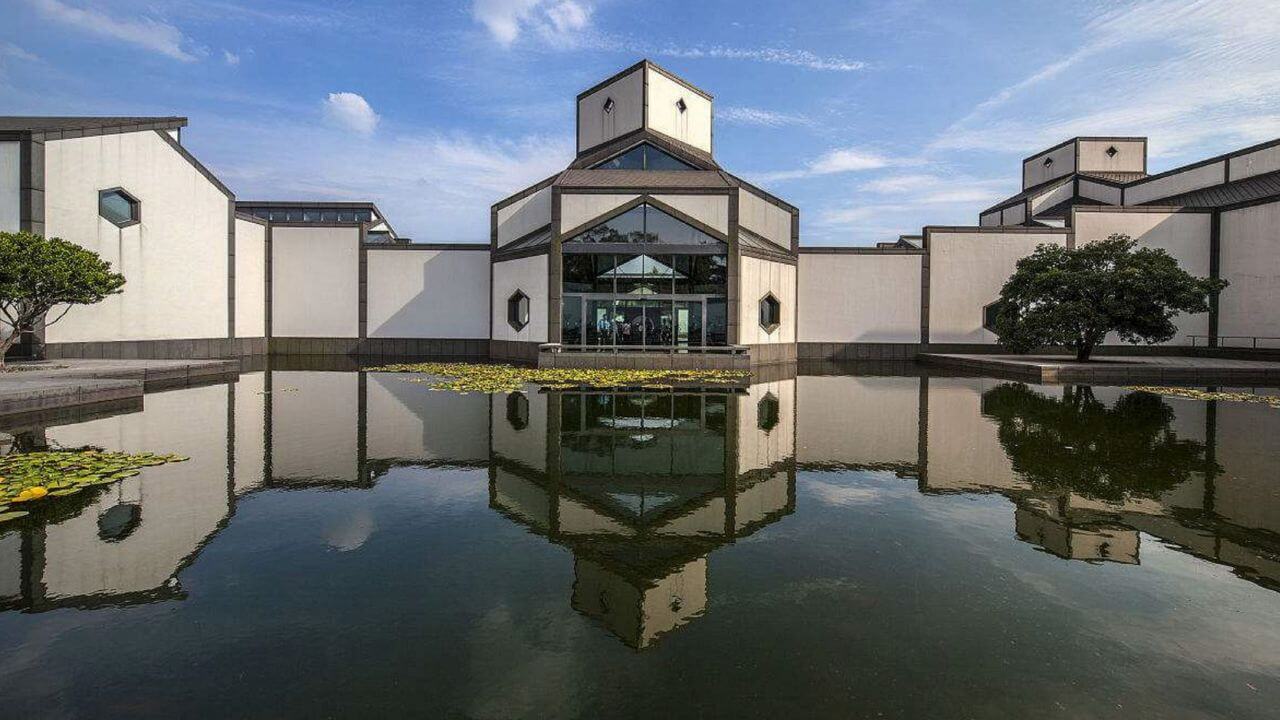
Dunhuang Mogao Caves, Dunhuang
The Dunhuang Mogao Caves, also known as the Thousand Buddha Grottoes, are a network of Buddhist cave temples carved into a cliff face near Dunhuang in Gansu Province. The Mogao Caves are a UNESCO World Heritage site and an essential part of the Silk Road’s cultural heritage.
It is a must-visit place in Gasnu Province.
Facts:
- Dating back to the 4th century AD.
- Contains 735 caves with thousands of Buddhist murals and sculptures.
- One of the most important sites for Buddhist art in the world.
Highlights:
- Murals and Frescoes: Covering over 45,000 square meters, depicting scenes from Buddhist scriptures, daily life, and the Silk Road.
- Statues: Thousands of Buddha statues and other deities, ranging from tiny figurines to giant sculptures.
- Library Cave: Discovered in the early 20th century, it contained thousands of manuscripts and documents.
Tickets:
- Regular Admission: ¥100-¥200 (approx. $15-$30), depending on the season and access to specific caves.
- Special Access: Some caves require additional fees and advance booking.
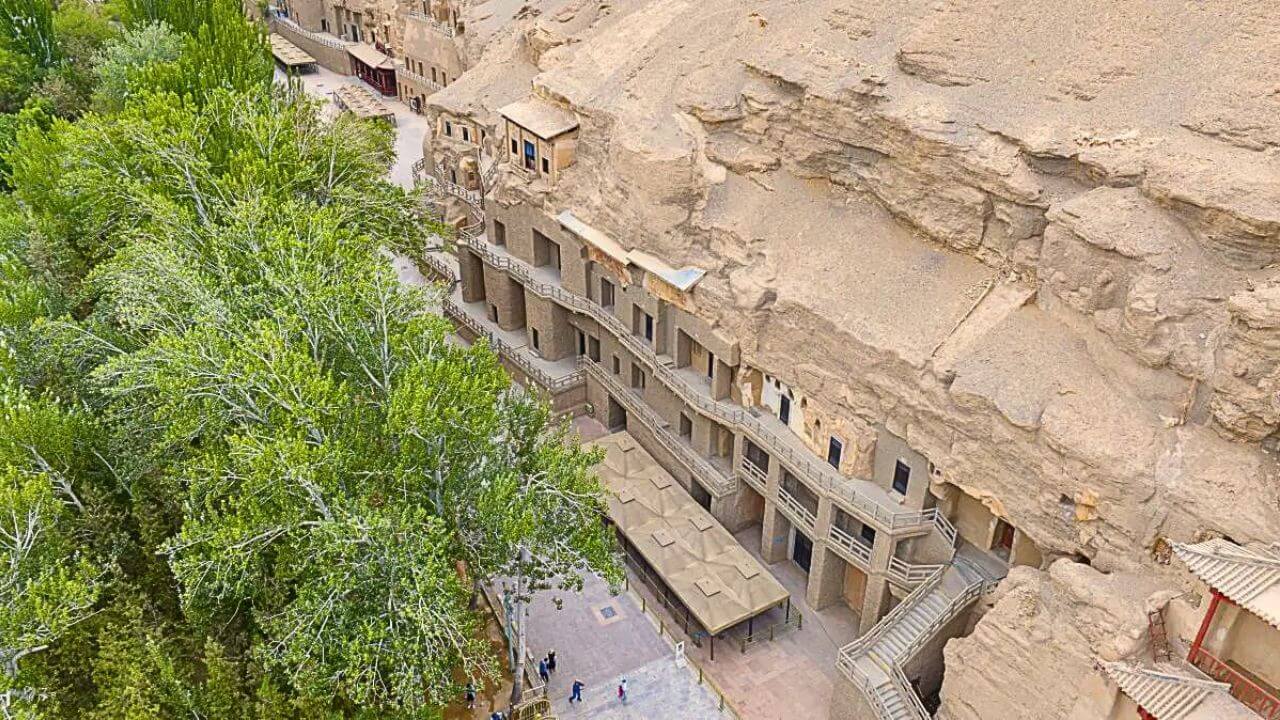
Xinjiang Uygur Autonomous Region Museum, Urumqi
The Xinjiang Uygur Autonomous Region Museum in Urumqi is dedicated to the diverse cultural heritage of Xinjiang and the Silk Road. It showcases artifacts from the region’s many ethnic groups and ancient civilizations.
Facts:
- Established in 1953.
- Houses over 50,000 artifacts.
- Focuses on the history and culture of the Silk Road and the region’s ethnic diversity.
Highlights:
- Silk Road Exhibits: Artifacts and relics from ancient Silk Road cities and trading posts.
- Mummies of Xinjiang: Well-preserved ancient mummies, providing insight into the region’s ancient inhabitants.
- Ethnographic Exhibits: Displays of traditional clothing, jewelry, and everyday items from the Uygur, Kazakh, and other ethnic groups.
Tickets:
- Regular Admission: Free.
- Special Exhibitions: Prices vary, typically around ¥20-¥50 (approx. $3-$7.50).

China National Silk Museum, Hangzhou
The China National Silk Museum in Hangzhou is the largest silk museum in China, and in the World. It is dedicated to the history, culture, and science of silk production and trade.
Facts:
- Established in 1992.
- Located near the scenic West Lake in Hangzhou.
- Covers 20,000 square meters with extensive indoor and outdoor exhibits.
Highlights:
- Ancient Silk Artifacts: Displays of ancient silk textiles, garments, and tools.
- Silk Road Gallery: Exhibits detailing the role of silk in the cultural exchanges along the Silk Road.
- Interactive Exhibits: Hands-on activities and demonstrations of silk weaving and dyeing techniques.
Tickets:
- Regular Admission: Free.
- Special Exhibitions: Prices vary, typically around ¥20-¥50 (approx. $3-$7.50).
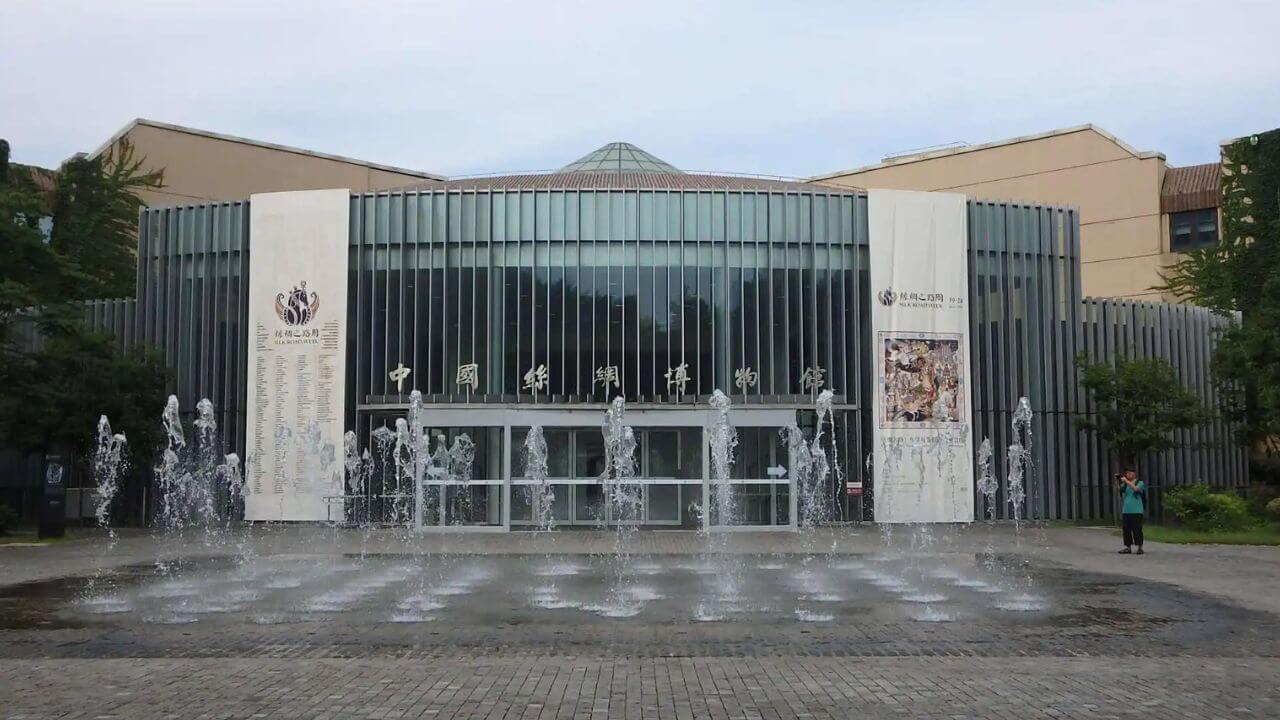
In conclusion, museums in China offer a captivating journey through the nation’s rich heritage and artistic achievements. From the Palace Museum in Beijing, with its vast collection of imperial treasures, to the Shaanxi History Museum in Xi’an, where the essence of ancient Chinese civilization is preserved, these institutions are must-visits for any history enthusiast. The Shanghai Museum impresses with its exquisite collections of ceramics and bronzes, while the Jinsha Site Museum in Chengdu unveils the mysteries of ancient Shu culture.

Helen Wang
Travel Advisor & Guide Expert
I started my travel career in 2005 and have since become an expert in Tibet and China’s travel destinations and helping travelers plan unforgettable trips.
For expert travel advice to China or Tibet, feel free to contact me.